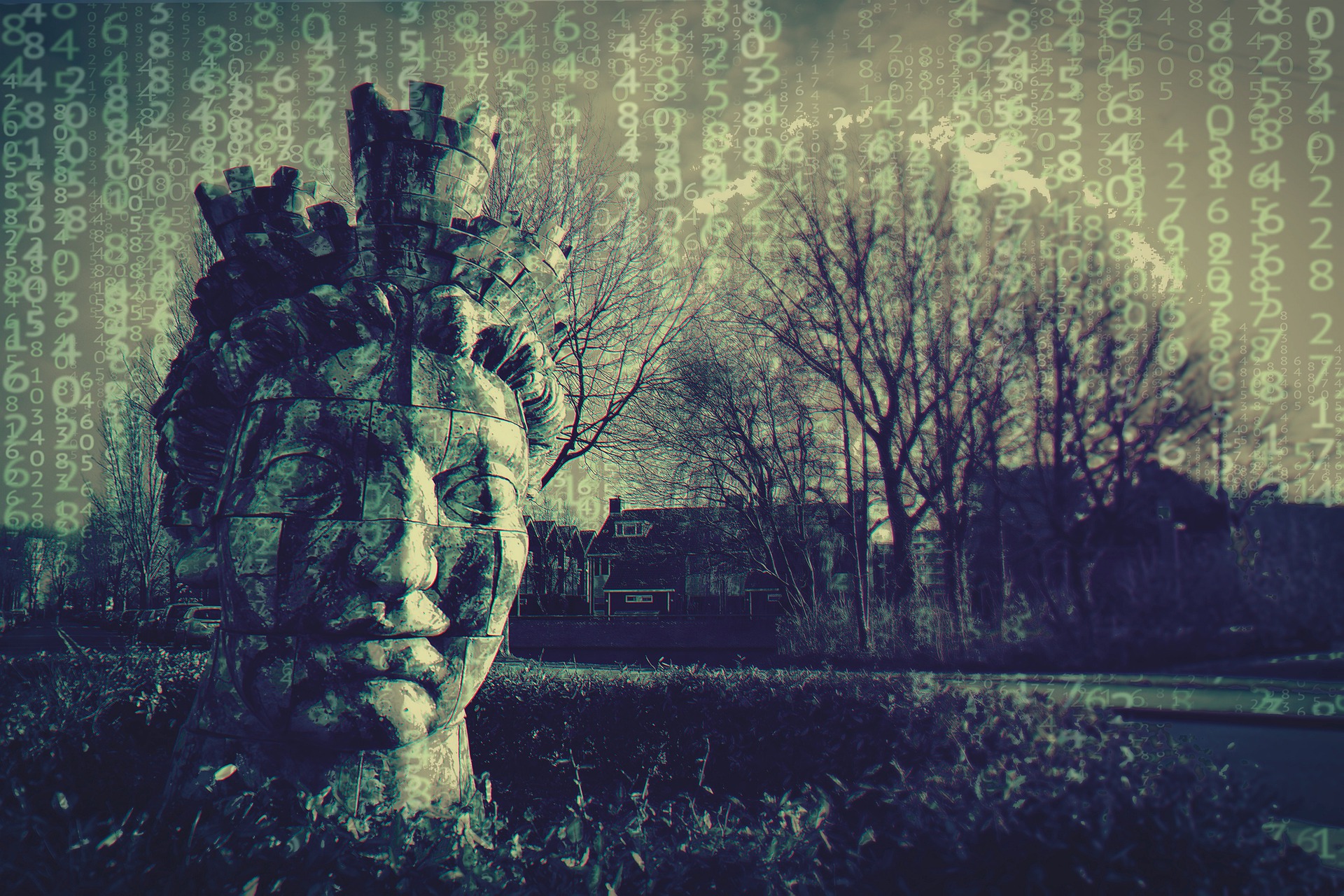The Spitting Image of the Antichrist

From time to time, this column on Endtime events revisits the subject of the “image of the Beast.” Recently I was looking at a photo of a gold-plated colossus of a recently deceased dictator, and it got me thinking. It seems dictators really like having giant statues of themselves erected, and it looks like the worst tyrant the world will ever know is going to follow in the tradition of his predecessors. That tyrant, of course, would be the Antichrist, whom the apostle John, in the Bible’s final book, Revelation, called “the Beast.”
According to John, a character called the “False Prophet,” one of the Beast’s chief accomplices, “deceives those who dwell on the earth by those signs which he was granted to do in the sight of the Beast, telling those who dwell on the earth to make an image to the Beast who was wounded by the sword and lived” (Revelation 13:14).
This “image of the Beast” is generally believed to be the same thing that Daniel, in the book of the Bible that bears his name, several times called the “abomination.” “He will set up an abomination that causes desolation” (Daniel 9:27 NIV). “They shall defile the sanctuary fortress; then they shall take away the daily sacrifices, and place there the abomination of desolation” (Daniel 11:31). “The daily sacrifice is taken away, and the abomination of desolation is set up” (Daniel 12:11).
Jesus also spoke of the abomination, and in dire terms. “When you see the ‘abomination of desolation,’ spoken of by Daniel the prophet, standing in the holy place (whoever reads, let him understand) … then there will be great tribulation, such as has not been since the beginning of the world until this time, no, nor ever shall be” (Matthew 24:15,21).
What exactly is this abomination of desolation? An abomination is a hated thing, and it’s obvious why plenty of people will have plenty of reason to hate this one. According to John, it will cause the death of anyone who doesn’t worship it. “He [the False Prophet] was granted power to give breath to the image of the Beast, that the image of the Beast should both speak and cause as many as would not worship the image of the Beast to be killed” (Revelation 13:15).
I have been impressed lately with how the book of Revelation relates a vision, not a prophecy. John saw it all. Some of the book is the record of conversations he had with different characters in the vision, but it largely describes what he saw during that amazing revelatory vision nearly 2,000 years ago on the little Aegean island of Patmos. Prophecies are often more enigmatic than visions. The prophet Daniel was only told about the thing that he (and later Jesus) called the abomination of desolation. Daniel had a number of visions that are described in detail in the Bible, but the passages that refer to the abomination were messages given to him in verbal form by spiritual envoys. In contrast, John actually saw the character who he called the False Prophet erect this “image of the Beast” and then cause it to have life. The image was animated and it spoke.
I don’t know if you would have seen on BBC some time ago a news item regarding a Japanese robotics scientist who has created an android in his own likeness. The android “breathes” and talks and even has a range of facial movements. The scientist, Hiroshi Ishiguro, envisions it as an alter ego of sorts, as well as the telephone of the future. The scientist could be in one place and talk through the android in another, and it would almost be like the scientist was there in person. Ishiguro envisions business meetings where androids and humans sit down together and hammer out deals. “Sometimes it’s easy to forget that he’s not human,” Ishiguro says.
Exactly what form the image of the Beast will take is still speculation, but looking at that android that is the spitting image of its creator brought home to me just how close humanity is to being able to build an image of the Beast that breathes and talks and acts just like the Antichrist it represents.